Habits: The Secret to Everything
“All our life, so far as it has definite form, is but a mass of habits,” William James wrote in 1892.
My husband thinks I’m obsessed with self-development. I think the word “obsessed” is a bit strong, but I’ll admit I’m fascinated with all things related to human behavior: why we do the things we do, why we don’t do other things (even when we know dang well they’re “good” for us), and what it takes to develop habits that will drive us toward excellence – or even just contentment. How are some people able to magically harness time and practices that help them consistently achieve their goals and dreams, whereas other people struggle to establish basic habits like picking up after themselves?
My bookshelves are filled with the likes of Brene Brown, Debbie Ford, and Stephen Covey, authors who dive into the mysterious workings of human beings. As a health coach I’m essentially in the business of change-making, so learning what makes us tick and how to foster growth is obviously relevant to my work, but beyond that I simply love exploring the topic of self-development for myself. I want to keep learning and improving.
Recently I took a mini road trip to St. Peter, a little town about an hour south of me, and while driving I was lucky enough to catch a panel of doctors, personal trainers, and psychologists on NPR discussing the latest exercise recommendations released by the Department of Health and Human Services the day before: (For those of you who are curious – 150 minutes of moderate aerobic activity a week and strength training twice a week.)
The conversation quickly moved from the recommendations themselves to dissecting the mystery around why more Americans don’t exercise. The majority of Americans don’t come anywhere close to meeting those modest recommendations even though everyone knows by now that exercise is important for our health. So why don’t we do it? Once we wade through all of the earnest excuses people offer (with the valid exceptions of injuries and other physical limitations), the only real and true answer left is that most people haven’t built the habit of exercising. At this point in the conversation one of the physicians referred to an “outstanding” book called The Power of Habit by Charles Duhigg. I ordered the book that afternoon and dug into it as soon as it arrived.
Here are some direct, intriguing excerpts I couldn’t wait to share with you:
“Habits are technically defined as ‘the choices that all of us deliberately make at some point, and then stop thinking about but continue doing, often every day.’ At one point, we all consciously decided how much to eat and what to focus on when we got to the office and how often to have a drink or when to go for a jog. Then we stopped making a choice, and the behavior became automatic. It’s a natural consequence of our neurology. And by understanding how it happens, you can rebuild those patterns in whichever way you choose.
Most of the choices we make each day may feel like the products of well-considered decision making, but they’re not. They’re habits. And though each habit means relatively little on its own, over time, the meals we order, what we say to our kids each night, whether we save or spend, how often we exercise, and the way we organize our thoughts and work routines have enormous impacts on our health, productivity, financial security, and happiness. One paper published by a Duke University researcher in 2006 found that more than 40% of the actions people performed each day weren’t actual decision, but habits.
The habit process within our brains – or the “habit loop “ as it’s commonly referred to – is a three-step process. First, there is a cue, a trigger that tells your brain to go into automatic mode and which habit to use. Then there is the routine, which can be physical or mental or emotional. Finally, there is a reward, which helps your brain figure out if this particular loop is worth remembering for the future. Over time, this loop – cue, routine, reward; cue, routine reward – becomes more and more automatic. The cue and reward become intertwined until a powerful sense of anticipation and craving emerges. Eventually, a habit is born.”
The reason the discovery of the habit loop is so important is that it reveals a basic truth: When a habit emerges, the brain stops fully participating in decision making. It stops working so hard, or diverts focus to other tasks. So unless you deliberately fight a habit – unless you find new routines, the pattern will unfold automatically.”
Aha! That last paragraph you just read was illuminating for me. “The brain stops fully participating in decision making. So unless you deliberately fight a habit, the pattern will unfold automatically.” The author goes on to explain how necessary and beneficial habit loops are to us – without them our brains would shut down, overwhelmed by the minutiae of daily life. I had never thought about habits through this lens before. I realized this is probably why most human beings thrive on structure (it saves brain power). It’s why I usually take the same routes home, and it’s why I get ready for bed in the same order each night (brush my teeth, then wash my face, etc.). But it’s also why I automatically reach for that square of dark chocolate at the end of my meal even when I’m full, and why I start singing the same song every evening when I walk into my kitchen. I’m also pretty sure it’s why traveling wears me out even though I love it; everything is new so I can’t rely on most of my daily habits while traveling. My brain has to be more engaged than usual.
It’s important to note that according to the author and his research, habits cannot simply be eradicated; they must be changed or replaced. But simply understanding how habits work – learning the structure of the habit loop – makes them easier to control and rewire. Once you break a habit into its components – cue, routine, reward – you can “fiddle with the gears.” If we keep the same cue and the same reward, a new routine can be inserted. It also helps significantly if we find some support from others along the way. Duhigg writes:
“The evidence is clear: If you want to change a habit, you must find an alternative routine, and your odds of success go up dramatically when you commit to changing as part of a group. Belief is essential, and it grows out of a communal experience, even if that community is only as large as two people.”
Here’s an example of a habit I’m working on changing in my own life. Recently I’ve committed to reducing the time I spend zoning out on social media (and also the time spent on my phone, in general). When I started examining this very non-productive habit, I realized I don’t think twice about Facebook or Instagram during the day when I feel purposeful and productive. It’s only at night, when I’m all sleepy and tucked into bed, that the temptation to pull up one of these mind-numbing apps creeps in on me:
Cue: tucking into bed
Routine: zone out on Facebook
Reward: relaxation; little dopamine hits
So my job was to brainstorm ways I could tweak my routine to achieve the same reward (relaxation, dopamine hits). I zeroed in on reading, one of my primary loves, or doing a crossword puzzle, which I also find relaxing and satisfying. Lastly, I reminded myself that I could just turn out the lights and go to sleep (revolutionary idea, I know). After all, the only reason I was defaulting to Facebook was because I was tired.
To increase my chances of succeeding, I check in with my friend Maggie and let her know how it’s going. If I’m even tempted to go there, I text her and share what’s happening. Magically, this alone usually stops the old habit, but if it doesn’t I simply come clean and tell her I fell into my old pattern.
Exercise: Take a minute now to consider something in your life you’d like to either quit or establish. Review the cue, routine, reward loop and brainstorm some ways you could tweak the routine piece.
I’ll conclude this section with this comment from Duhigg about weight, something many people struggle with:
“If you want to lose weight, study your habits to determine why you really leave your desk for a snack each day, and then find someone else to take a walk with you, to gossip with at their desk rather than in the cafeteria, a group that tracks weight-loss goals together, or someone who also wants to keep a stock of apples, rather than chips, nearby.”
All great ideas, and notice how they’re all rather simple ideas too.
Keystone Habits
Once the book establishes the basics around habits, Duhigg dives into the notion of “keystone habits,” or habits I’ve come to think of as “ripple effect” habits. These habits have the power to start a chain reaction, changing other habits as they move through your life, like dominoes lined up just right. He writes, “Keystone habits, in other words, matter more than others in re-making lives (and businesses and organizations). They can influence how people work, eat, play, live, spend, and communicate. Keystone habits start a process that, over time, transforms everything.”
“Keystone habits say that success doesn’t depend on getting every single thing right, but instead relies on identifying a few key priorities and fashioning them into powerful levers. Where should a would-be habit master start? Understanding keystone habits holds the answer to that question: The habits that matter most are the ones that, when they start to shift, dislodge and remake other patterns.”
I find idea this reassuring and intriguing and congruent with what I already know to be true. Trying to make a 180 degree shift in our lives – or what I call the “all or nothing approach” to change – rarely works. It simply demands too much of most of us. We might be able to stick with the radical changes for a few weeks, but then we cave, revert to old habits, and end up feeling badly about ourselves. But finding one key thing to tackle – that’s a game changer. I’ve seen the positive cascade it creates time and time again. Duhigg writes. “If you start by focusing on one thing, chances are it will be enough of a disruption to your life to initiate change throughout the rest of your life.”
This got me wondering what my own keystone habits are, so I spent a couple weeks observing myself and trying to identify which habits I rely on to help everything else fall into place. Here’s a sample of what I’ve come up with:
Making the Bed:
I can’t quite explain it, but if I make our bed in the morning (which I do 95% of the time) the rest of our home stays tidy throughout the day. If I don’t make the bed for some reason, our home gets messy: clothes don’t get hung up, my make-up stays littered across the vanity, dishes don’t get done. It’s weird, but it’s consistent so I trust the pattern now even if I don’t understand it.
Batch Cooking on the Weekend:
Batch cooking on the weekend completely changed my life. I urge all of my clients to try batch cooking on the weekend so that delicious, nutritious, grab-and-go food is ready and available throughout the week. With a fridge full of prepared food, my husband and I easily pack our lunches for the day and then come home and eat dinner with no fussing, decision-making, or cooking needed. We never get stuck ordering take-out or settling for last-minute, sub-par food. We just come home from our busy days and eat. We also save a lot of money by eating food we made ourselves.
Go to Bed by 10pm:
There are exceptions to this, of course, but 90% of the time I go to bed by 10pm so I wake up rested and energized. When I’m rested I’m productive, I’m in a good mood, I’m a better coach to my clients, I’m more likely to workout and workout harder, etc. Talk about a positive ripple effect.
Make my “Next Day” List Before I Go To Bed:
I love lists. My hubby teases me about my love of lists, but making a list of everything I want or need to do the following day before I go to bed does two things for me:
- Knowing I’ve captured my to-do’s on paper allows my brain to relax before bed, which helps me sleep better. I call this my brain dump.
- It helps me jump into action right away the next morning because I know exactly what I need to do and where I need to start. This helps me be productive immediately when I’m most energized.
Are your keystone habits anything like mine?
The New Year is a time when many people set goals or simply give themselves permission to start fresh. This year I wonder what might shift for you if you spent a little time identifying your keystone habits and focusing on a single keystone habit you think could create a positive chain reaction in your life. Then what might happen if you stayed committed to developing that one keystone habit until it actually became a real habit, knowing it’s a process that will take time. Transforming habits isn’t easy or quick, but it is possible. And now we understand how.
Perhaps my husband is right and I am obsessed with self-improvement and human behavior, but honestly – what could be more interesting than figuring out why we are the way we are? And what if, by learning about ourselves (and others), we can develop tools to live a really fantastic life?
Habits aren’t our destiny, but they also aren’t going to change themselves. Change can happen with effort and support. Alcoholics can stop drinking. Smokers can quit smoking. Nail biters can stop chewing their nails. Night owls can become early birds, and couch potatoes can develop fitness routines. It just takes awareness, intention, and the drive to change.
In other words, there’s hope for all of us who have ever felt stuck. Let’s have fun seeing what we can disrupt in ourselves.

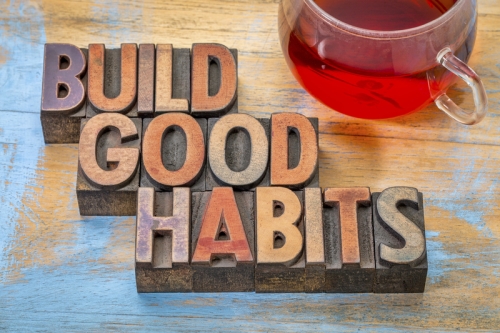
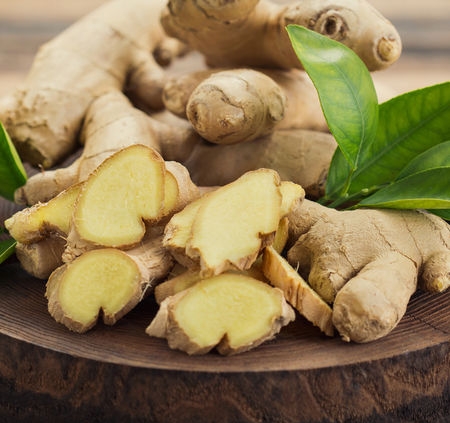
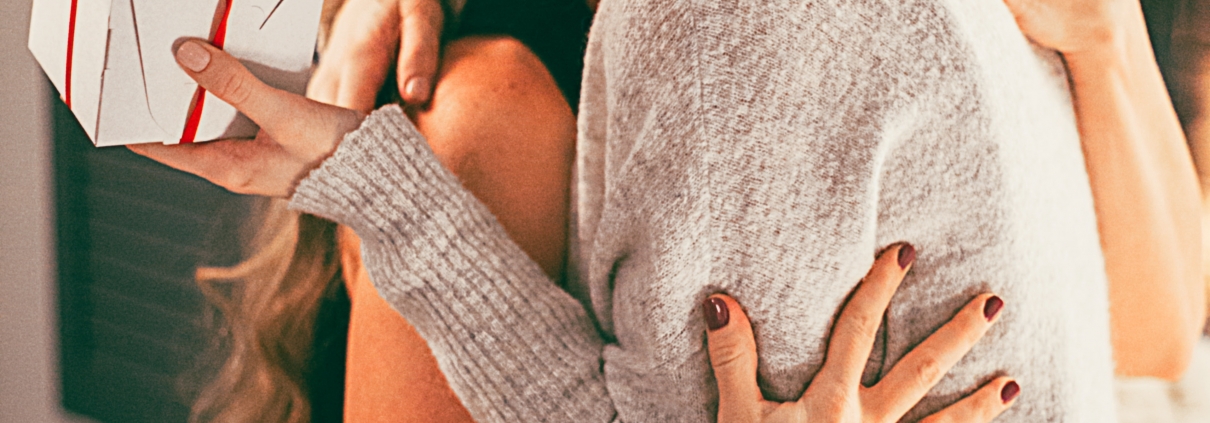
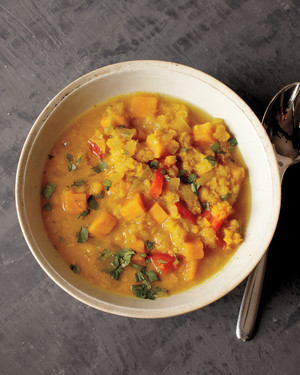


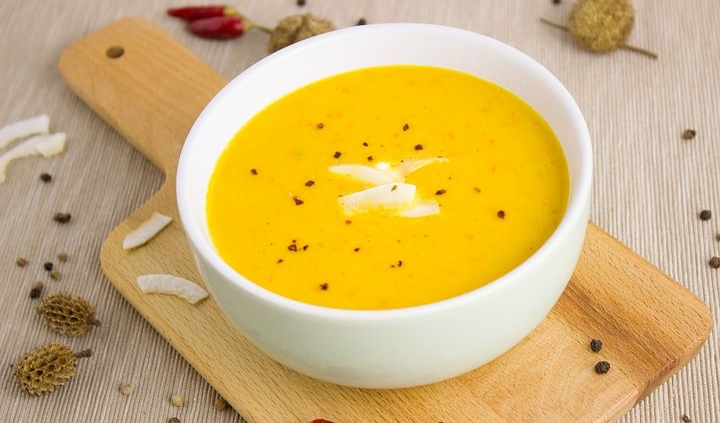
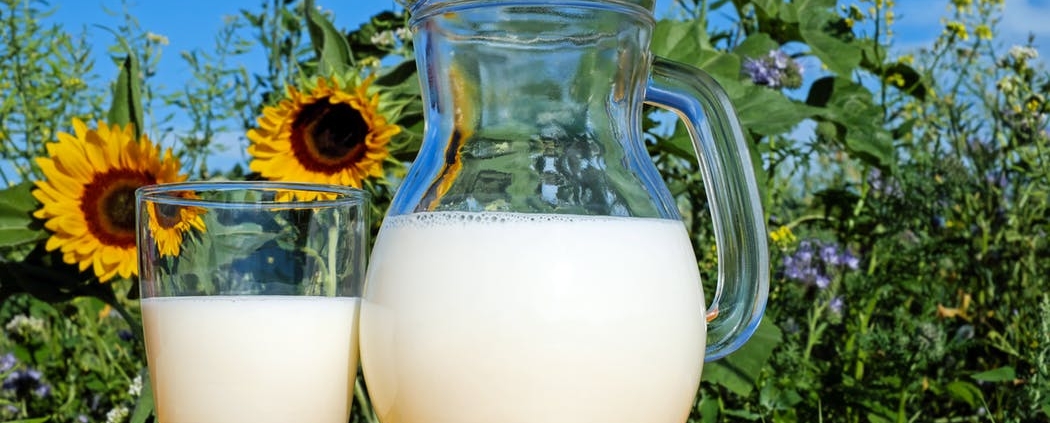

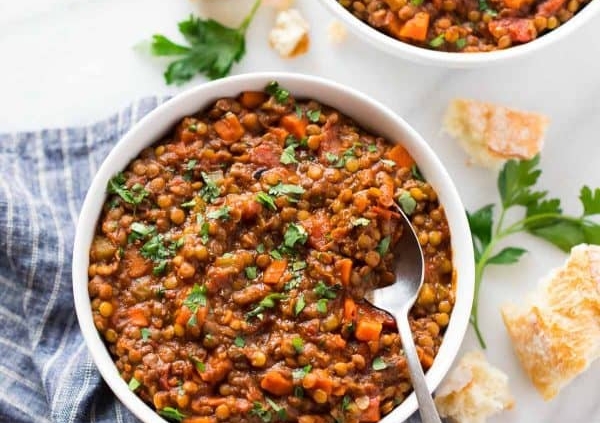
Follow